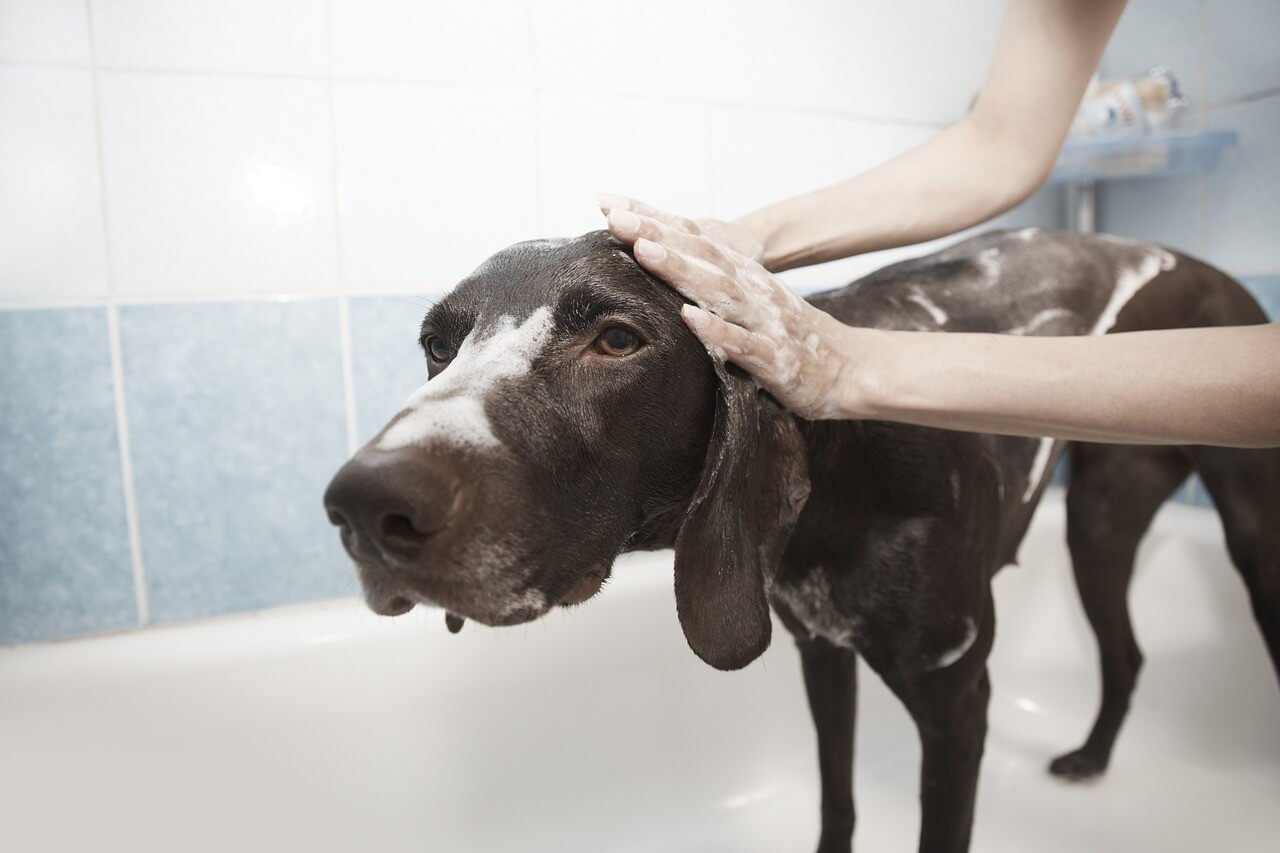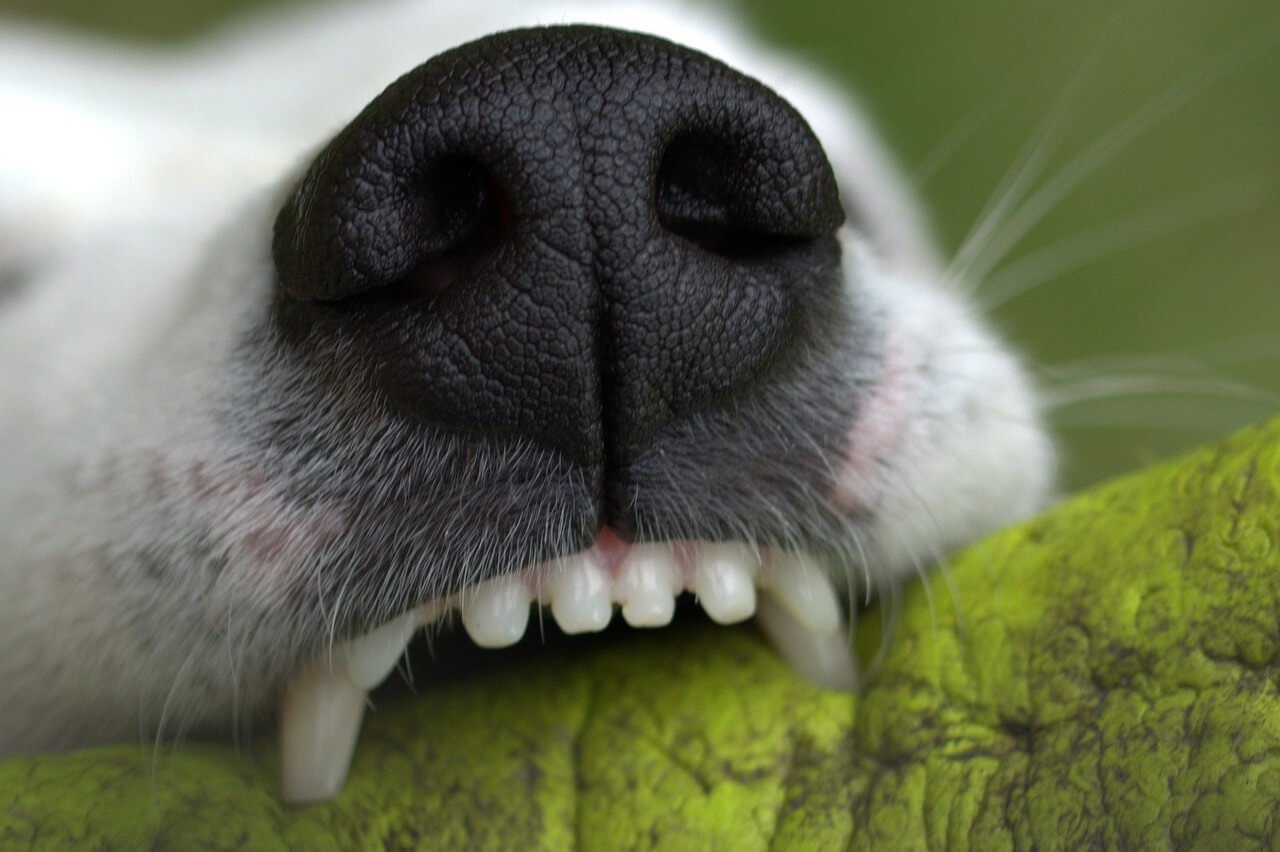Bathing your furry friend is an experience filled with splashes, wiggles, and probably a few wet doggy kisses. It's more than just a cleanup session; it's a chance to check on your dog’s health and spend quality bonding time together. But amidst the splashes and fun, a question bubbles up - how often should you actually be bathing your dog?
Factors Affecting Bathing Frequency
Breed
Every dog is unique, and their breed plays a significant role in determining how often they should hit the bathtub. Let’s take a brief look at some popular breeds and understand their specific bathing needs.
The Labrador Retriever, Golden Retriever, and French Bulldog are energetic dogs with water-resistant coats that don't need frequent baths. Regular brushing is crucial for maintaining their shiny coats. French Bulldogs, with their short coat, can only require a monthly bath unless they find a messy environment.
And the list goes on with various breeds having different coat types and skin sensitivities, which affects their bathing schedule.
Skin Conditions
If your dog has specific skin conditions, this can also influence how often they should be bathed. A dog with dry or itchy skin might need special shampoos and a different bathing schedule.
Lifestyle and Activity Level
A playful pup who loves to roll around in the mud or a dedicated backyard explorer will need baths more frequently compared to a couch-loving doggo.
Adaptations for Different Sizes and Ages
Puppies have different needs and precautions when it comes to bath time, and so do senior dogs. Understanding and respecting these needs is essential for their well-being.
The Good and Bad of Regular Dog Baths
Splish splash, it’s a doggy bath! Bathing does more than just keep your dog clean; it can also help to maintain their overall skin and coat health. But hold off before you turn that water into a whirlpool! It's essential to be aware of both the positives and the potential pitfalls of frequent bathing.
Benefits of Regular Bathing
-
Keeps the Coat Clean and Healthy
-
Taking a good soak often clears away grime and pesky allergens that can bug your skin and trigger health problems.
-
A Chance to Spot Health Problems
-
When you're sudsing up your pet during bath time, it's the perfect chance to spot any skin problems, weird lumps, or other health issues that might need some attention.
-
Strengthens the Bond
-
The personal time spent during bath time can enhance the bond between you and your pooch.
Drawbacks of Excessive Bathing
-
Can Dry Out the Skin
-
Too frequent baths can strip the natural oils from your dog's skin, leading to dryness and irritation.
-
It Could Spike Their Stress Levels
-
Bathing can be a nerve-wracking experience for some dogs, and doing it too often only makes their stress levels shoot up.
-
Possible Irritation from Products
-
If you're using too much shampoo or conditioner, watch out! It could give your skin a nasty rash or even trigger allergies.
So, you're weighing the good and bad of bathing your dog? That's great! Just make sure to pick a routine that works for both of you. And remember - it's all about using the right stuff and techniques. Let bath time be chill-out time for your pooch, not just a chore.
General Guidelines for Bathing Dogs
Navigating the waters (literally!) of dog bathing can feel overwhelming, but with a few tips and guidelines, you can ensure your pup is getting the right care.
Puppies
Puppies have sensitive skin and require gentle care and attention during baths.
-
Frequency: Once every month, unless very dirty.
-
Product: Use a mild, puppy-specific shampoo to protect their delicate skin.
-
Caution: Ensure water is lukewarm and the bathing area is slip-free to prevent accidents.
Adult Dogs
-
Frequency
-
Generally, once a month is adequate for most adult dogs.
-
Breed-Specific Adaptations
-
Adapt the bathing schedule according to the breed's coat type and skin sensitivity.
-
For instance, breeds like the Poodle or Beagle may have different needs compared to the Siberian Husky.
-
Products
-
Use shampoos and conditioners suited for your dog’s coat type and skin condition. Opt for natural, gentle products to avoid irritation.
-
Water Temperature
-
Ensure water is warm and comfortable for your dog to prevent chills or burns.
Senior Dogs
-
Senior dogs may have more sensitive skin and may not require frequent baths unless necessary.
-
Be gentle and considerate of any mobility issues they might have.
Alternatives to Bathing Your Pup
Not every pup prances happily toward a bath, and not every pet parent has the time for frequent wet washes. Here’s where bathing alternatives prance in, offering practical solutions that keep your fur baby fresh and clean between baths.
Grooming and Brushing
-
Regular Brushing: Brushing your dog regularly helps remove dirt, debris, and loose hairs, and can help distribute natural oils throughout the coat, keeping it healthy and shiny.
-
Special Grooming Tools: Use grooming gloves or specialized brushes for effective cleaning.
Quick Cleaning with Dry Shampoo
-
If your dog's not a big fan of bath time, dry shampoo can be your best friend. It works like magic to zap excess oil and stink, making Fido feel fresh and clean in no time.
Wipes
-
Pet wipes are excellent for a quick clean-up of the paws and face. Opt for hypoallergenic and fragrance-free wipes to avoid skin irritation.
When You Need the Pros: Dog Grooming Services
-
You know, every now and then, think about taking your pup to a pro groomer. They really get into the nitty-gritty of your dog's specific needs - from a deep clean to even an adorable haircut!
Taking Care of Those Canine Chompers
-
Don't slack on your pup's dental health! Brush their teeth often or let them chomp on dental treats to keep 'em healthy.
-
How to Brush Your Dog’s Teeth Properly: Find useful tips here.
Conclusion
Bath time is more than just about cleaning; it's a chance to bond with your beloved pet and ensure they are healthy from nose to tail. Understanding the specific needs of your dog's breed and age, as well as taking into account their lifestyle and any health concerns, allows you to create a bathing routine that keeps your dog happy, healthy, and wagging.
Reference: https://www.akc.org/expert-advice/health/how-often-should-you-wash-your-dog/








